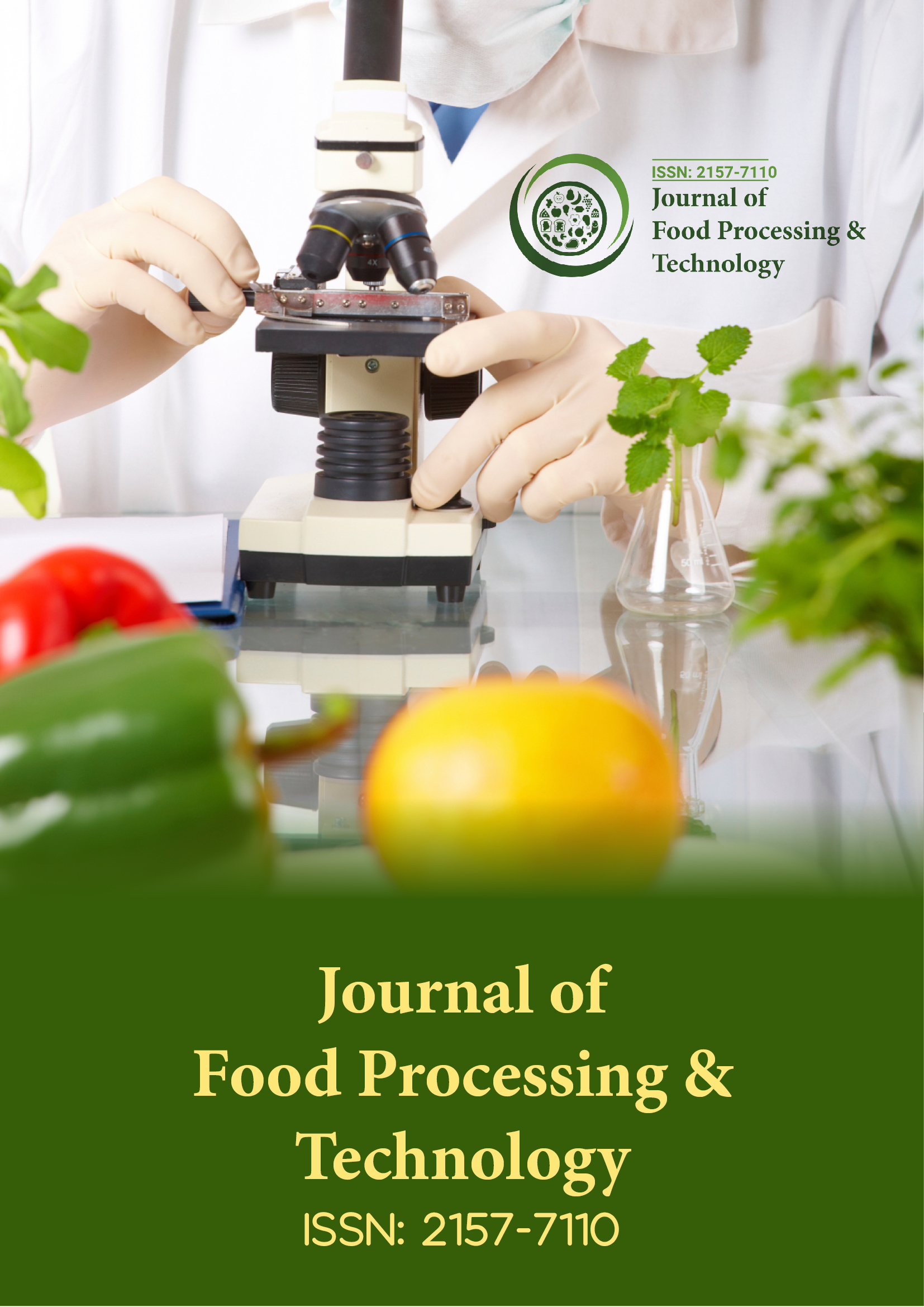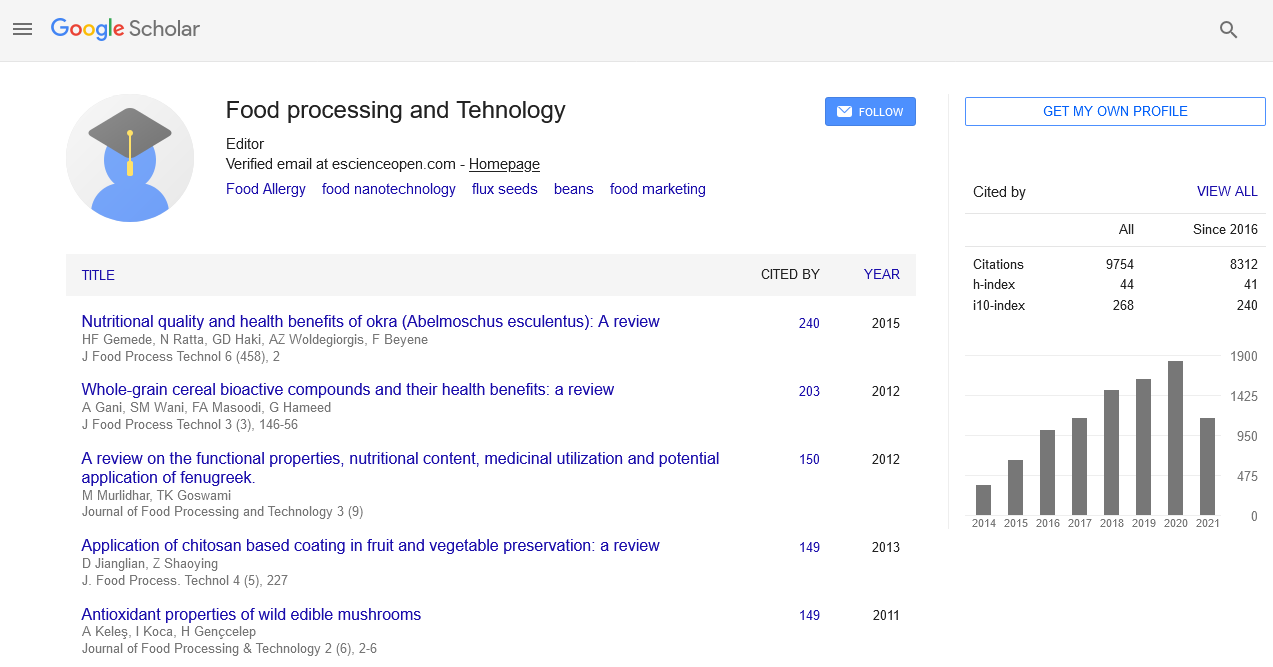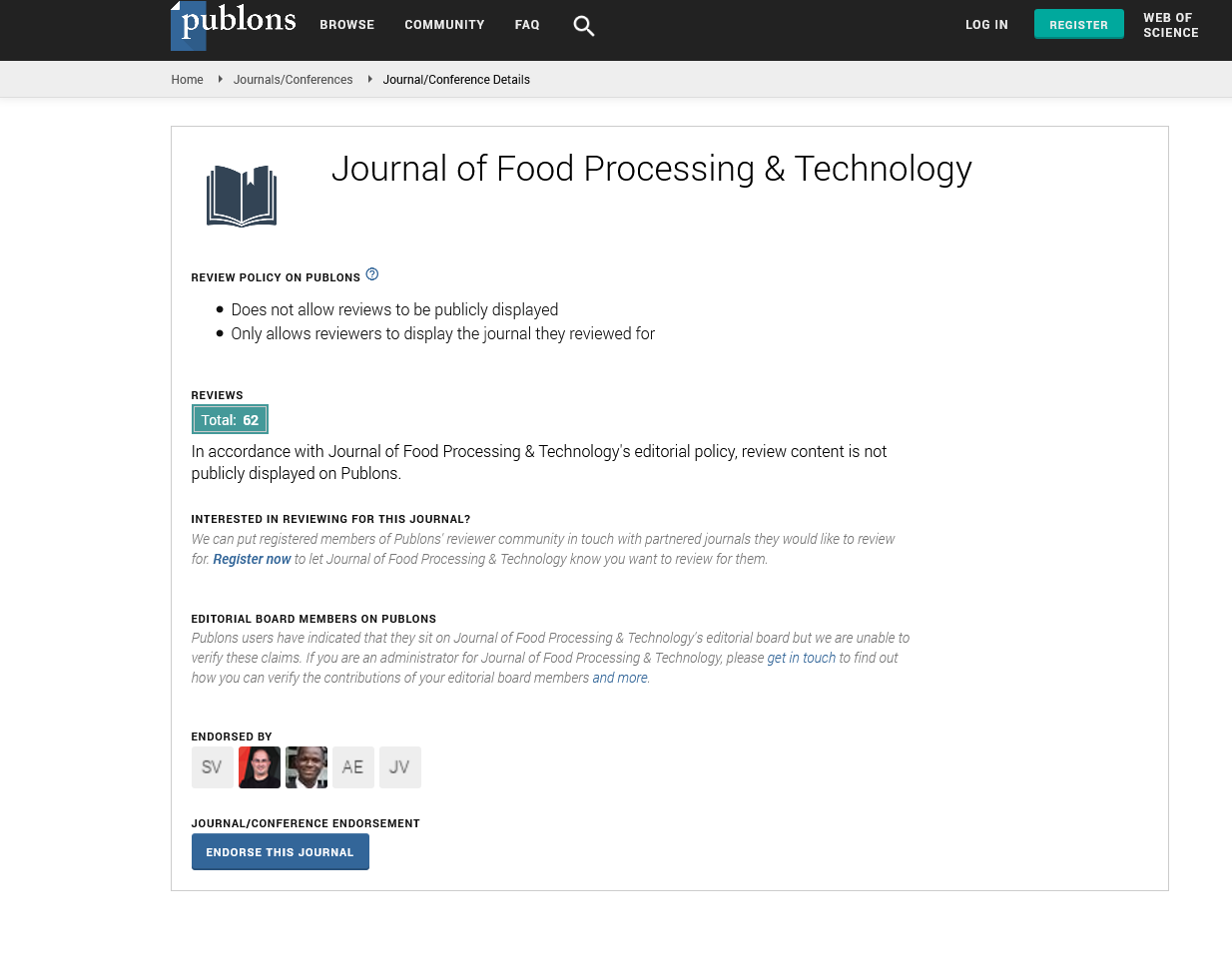Indexed In
- Genamics JournalSeek
- Academic Keys
- JournalTOCs
- China National Knowledge Infrastructure (CNKI)
- Access to Global Online Research in Agriculture (AGORA)
- Centre for Agriculture and Biosciences International (CABI)
- RefSeek
- Directory of Research Journal Indexing (DRJI)
- Hamdard University
- EBSCO A-Z
- OCLC- WorldCat
- Scholarsteer
- SWB online catalog
- Publons
- Euro Pub
- Google Scholar
Useful Links
Share This Page
Journal Flyer

Open Access Journals
- Agri and Aquaculture
- Biochemistry
- Bioinformatics & Systems Biology
- Business & Management
- Chemistry
- Clinical Sciences
- Engineering
- Food & Nutrition
- General Science
- Genetics & Molecular Biology
- Immunology & Microbiology
- Medical Sciences
- Neuroscience & Psychology
- Nursing & Health Care
- Pharmaceutical Sciences
Food safety and nutrition management challenge of an infant from South India with multiple food allergies - The beginning of a new learning
2nd International Conference on Food Safety and Regulatory Measures
June 06-08, 2016 London,UK
Mahendri Narayana Vasudeva
Christian Medical College, India
Posters & Accepted Abstracts: J Food Process Technol
Abstract:
Food allergies are caused by a reaction of the immune system to a protein in a food, with clinical manifestations of various degrees of severity. The most common sources of food allergy in children under five years are cow‚??s milk, soy, eggs, peanuts, tree nuts, wheat, sesame, fish and shellfish. Though there are reports of children having multiple food allergies, little information is available regarding the prevalence of multiple food allergies in India and elsewhere. Avoiding the exposure to any foods that are allergic is the only way to manage food allergies. It is a great challenge to manage an infant with multiple food allergies and limited food exposure by hospital food service department. A new learning to handle such cases was necessitated following an admission of a twenty months old girl with severe atopic dermatitis and clinically proven multiple food allergies that included rice, wheat, split pulses (dals) except red gram dal (split pigeon peas), soya, groundnut, potato, spinach, beans and all animal proteins including milk. Initiating trail of trial feedings for assessing food acceptance and preference within the foods allowed, working out new recipes, menu plan and planning the meal timings to accommodate child‚??s disturbed physical condition and close supervision are the strategies ensured the successful nutrition and health management in this case. Micronutrient supplement is necessary to ensure nutritional adequacy. The prognosis was excellent and the child enjoyed the meals and was discharged with two weeks of hospitalization who had completely healed from atopic dermatitis.
Biography :
Email: diet@cmcvellore.ac.in


